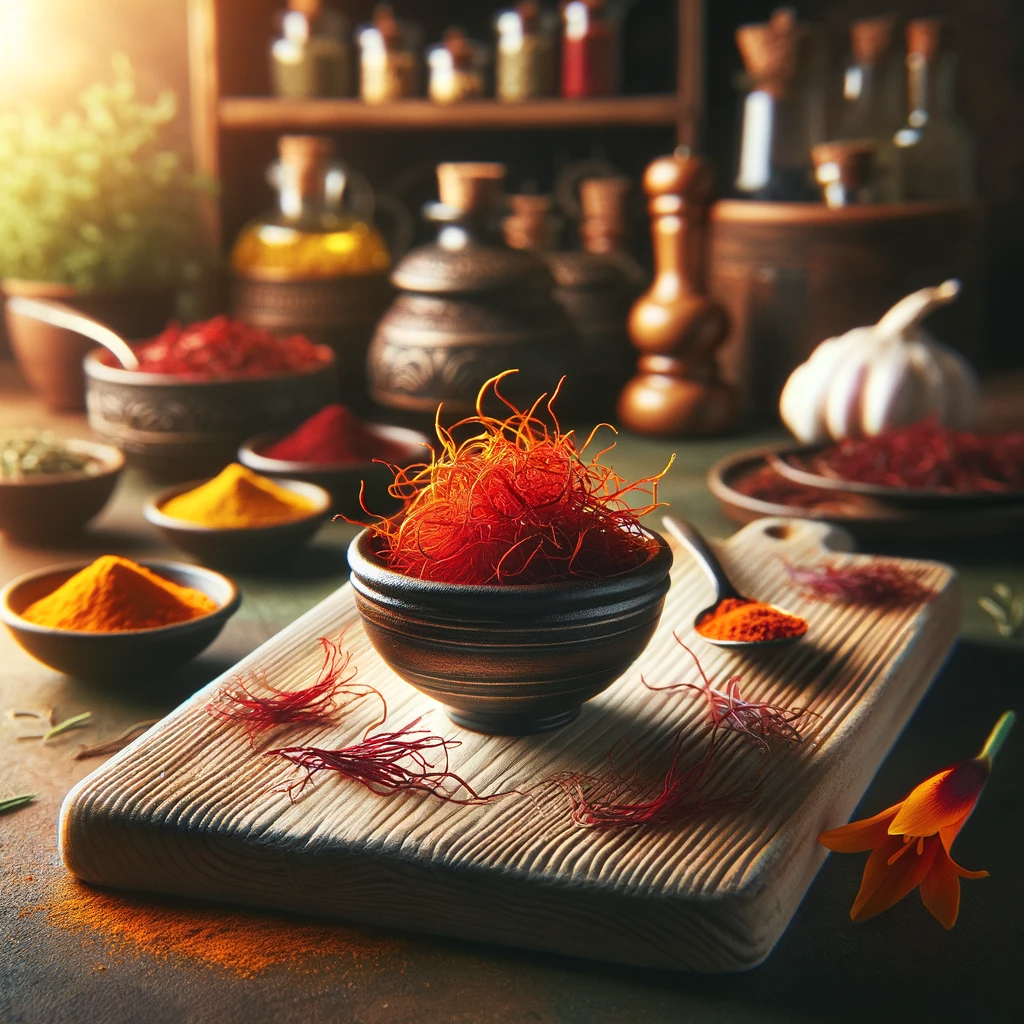Introduction
Saffron, often referred to as the “Golden Spice,” is a captivating ingredient that has been cherished for its vibrant hue, unique flavor, and rich history. This precious spice, derived from the stigma of the Crocus sativus flower, has been sought after for centuries, not only for its culinary prowess but also for its various medicinal and cultural significance.
In this article, we will delve into the world of saffron, highlighting its historical importance, its culinary uses, and the many reasons why it deserves a place in your kitchen.
1. A Storied Past: The Historical Significance of Saffron
Saffron has a long and storied history that dates back to ancient civilizations. Here are some noteworthy highlights:
- Ancient Origins: Saffron is believed to have originated in the Mediterranean region over 3,500 years ago. It was cultivated and traded by civilizations like the Egyptians, Greeks, and Romans.
- Royal Favor: In ancient times, saffron was highly prized by royalty, with Cleopatra herself using saffron-infused baths for its aromatic and beautifying properties.
- Medieval Trade: During the Middle Ages, saffron became a valuable trading commodity, often used as a form of currency. Its scarcity and demand led to its nickname as “Red Gold.”
2. Culinary Magic: Exploring Saffron’s Culinary Uses
Saffron’s vibrant color and distinctive flavor make it a prized ingredient in various cuisines around the world. Here’s how it’s used:
- Flavorful Elixir: Saffron imparts a unique flavor profile described as floral, honey-like, and slightly bitter. It adds depth to both sweet and savory dishes.
- Paella Perfect: Saffron is an essential component of the classic Spanish dish, paella. Its aroma and color elevate this rice-based dish to a culinary masterpiece.
- Exotic Sweets: Saffron finds its way into desserts like Indian rice pudding (kheer), Persian ice cream (bastani), and Italian saffron-infused cakes.
- Health Benefits: Beyond its culinary uses, saffron boasts potential health benefits, including anti-inflammatory properties and mood-enhancing effects.
3. Cultivation and Harvesting: The Art of Saffron Production
Saffron is not just any spice; its cultivation is a meticulous process that requires dedication and care. Saffron cultivation is primarily concentrated in regions with the right climate and soil conditions. The delicate crimson threads, known as saffron strands, are carefully handpicked during the brief autumn blooming season.
- Hand-Harvested: Each flower yields only three red saffron strands, making the harvesting process labor-intensive. This is one reason for its high cost.
- Intensive Labor: Saffron cultivation involves the diligent labor of skilled workers who must handpick the threads at dawn to ensure their freshness and potency.
- Geographical Diversity: Saffron is grown in regions like Iran, India, Spain, and Greece, each offering its unique flavor profile due to local conditions.
4. Incorporating Saffron into Your Kitchen
As you explore the world of saffron, consider these tips for incorporating it into your cooking:
- Infusion: To maximize saffron’s flavor and color, infuse it in warm liquid (water, milk, or broth) before adding it to your dishes.
- Start Small: Saffron is potent, so start with a pinch, and adjust to your taste. A little goes a long way.
- Pairing: Saffron pairs well with ingredients like rice, seafood, chicken, and even vegetables. Experiment with different recipes to discover your favorites.
- Storage: Keep saffron strands in an airtight container away from light and moisture to preserve their flavor and color.
Conclusion:
Unlock the Secrets of Saffron
In conclusion, saffron is not just an ingredient; it’s a treasure trove of history, flavor, and culinary possibilities. Its rich history, culinary versatility, and potential health benefits make it a spice worth exploring in your kitchen. By understanding its significance and incorporating it into your dishes, you can embark on a flavorful journey that spans centuries and continents. So, the next time you reach for saffron, remember that you’re not just adding a spice to your meal – you’re adding a touch of history and luxury to your culinary creations.
